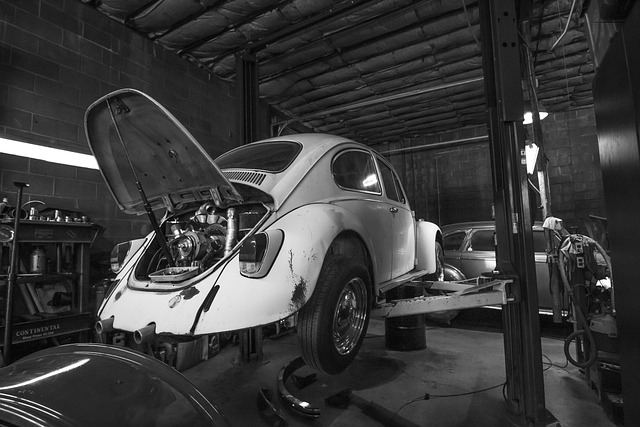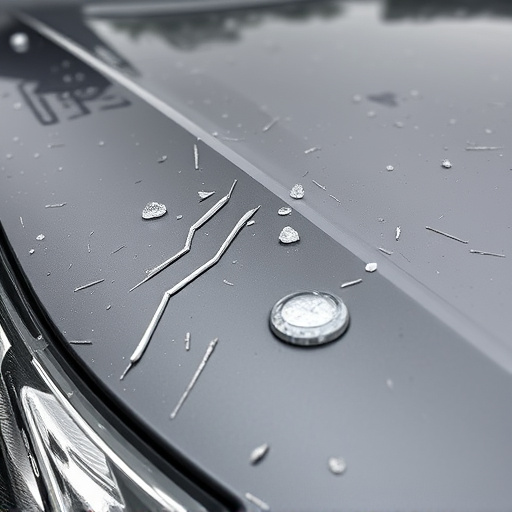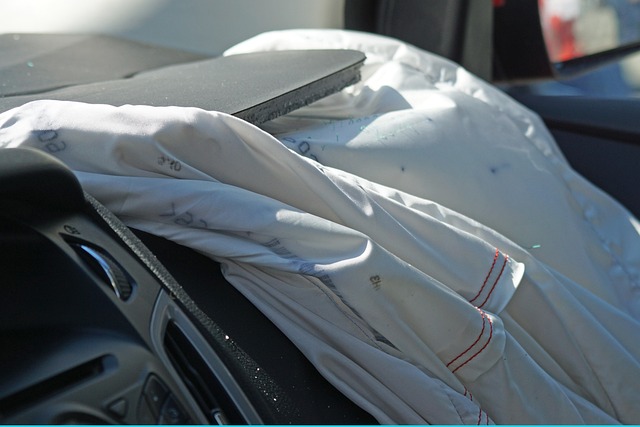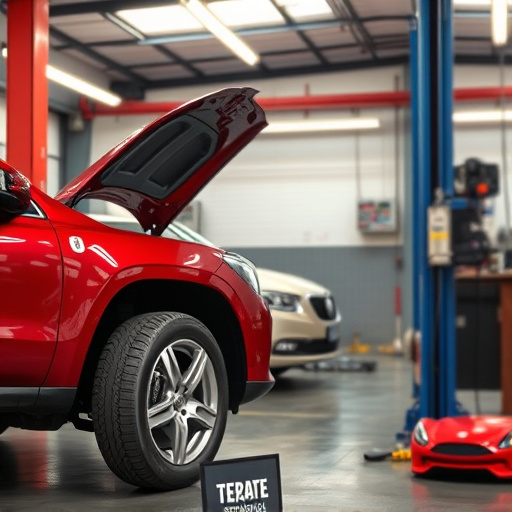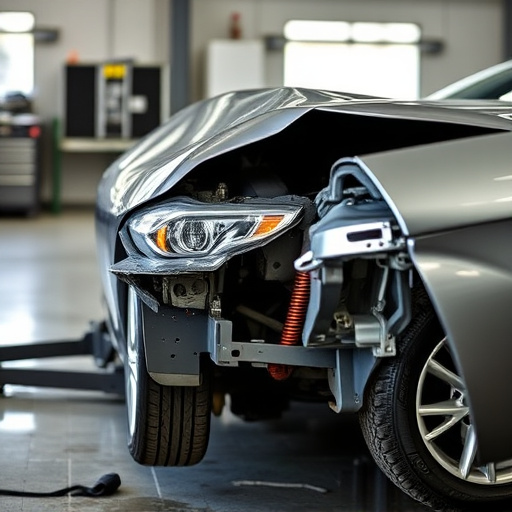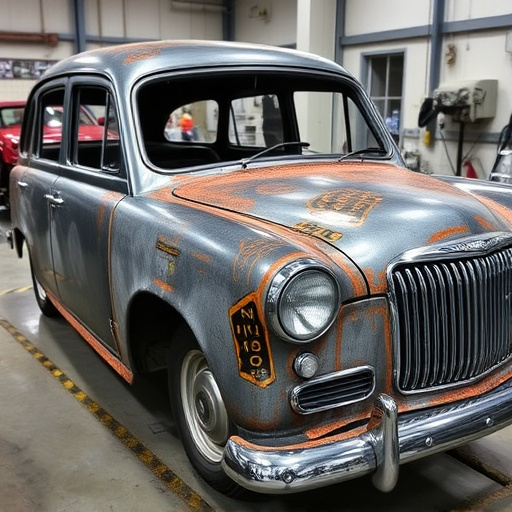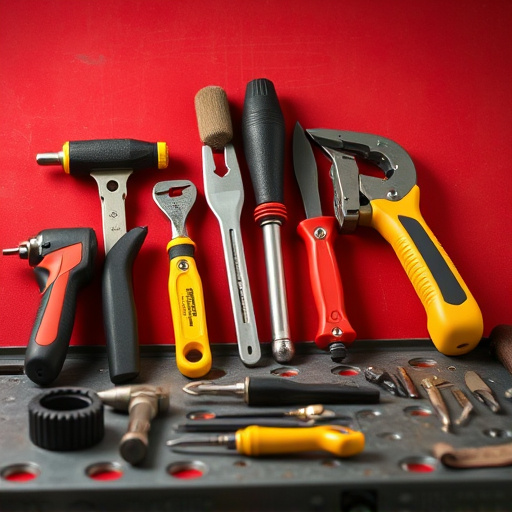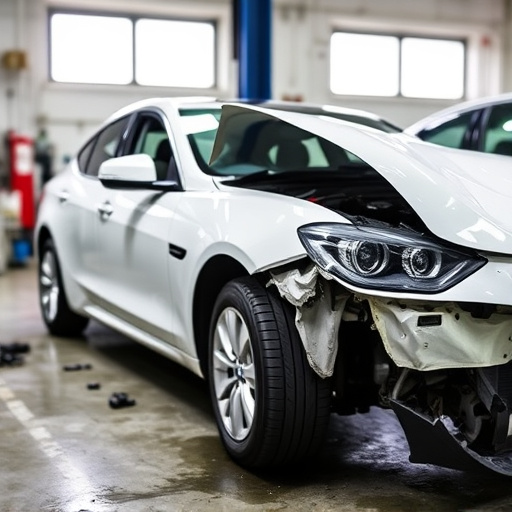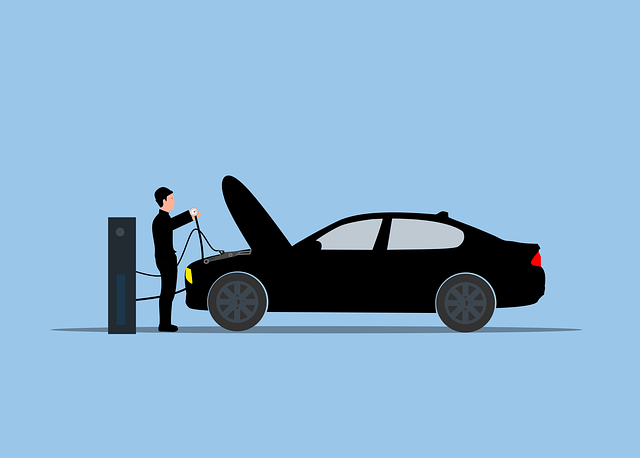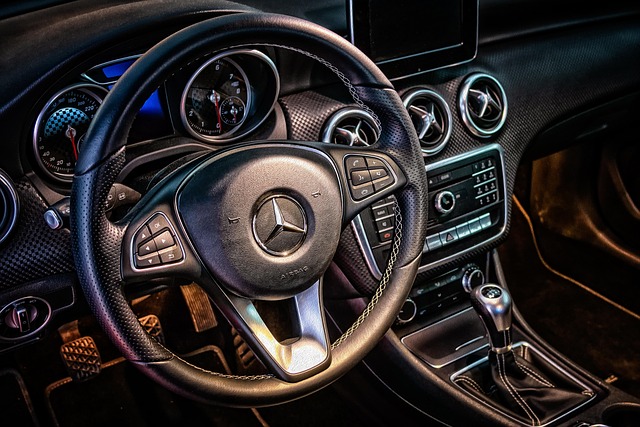Paintless dent repair (PDR) offers a cost-effective and efficient way to restore vehicle bodies without extensive painting or structural repairs. The accuracy of PDR time forecasting is influenced by severity and size of dents, accessibility within bodywork, and type of paint system. Skilled technicians break down repairs into manageable steps, assess dents, and use experience to provide reliable estimates based on industry standards.
Uncovering the secrets to precise paintless dent repair (PDR) time forecasting is essential for both technicians and customers. PDR, a non-invasive restoration method, promises swift repairs without painting. However, accurately estimating the duration of these repairs can be challenging. This article delves into the intricacies of the PDR process, explores key factors influencing time forecasting, and presents techniques to ensure accurate duration estimates, ultimately enhancing customer satisfaction.
- Understanding Paintless Dent Repair Process
- Key Factors Influencing Time Forecasting
- Techniques for Accurate Estimation of Durations
Understanding Paintless Dent Repair Process

Paintless dent repair (PDR) is a specialized technique used to restore damaged vehicle bodies without applying paint or performing extensive structural repairs. This non-invasive method has gained popularity among car owners and car repair shops due to its efficiency and cost-effectiveness compared to traditional collision repair. The process involves using highly trained technicians and specific tools to gently work on the dented area, allowing them to push out the damaged panel back to its original shape.
The key advantage of PDR lies in its ability to accurately forecast time requirements. Unlike complex car collision repairs that often involve multiple steps and components, PDR typically follows a straightforward process. Technicians assess the damage, plan the repair approach, make precise adjustments, and finally, inspect the work for perfection. This linear workflow enables vehicle body shops to offer more transparent estimates on paintless dent repair time, ensuring customers have realistic expectations regarding their car’s recovery.
Key Factors Influencing Time Forecasting

Several key factors significantly influence the accuracy of paintless dent repair (PDR) time forecasting. First and foremost, the severity of the dent plays a pivotal role. Deep or complex dents that involve multiple panels or require extensive plastic deformation will naturally take more time to correct compared to shallow, single-panel dings. The size of the damaged area also matters; larger dents tend to be more challenging and time-consuming to repair.
Another critical aspect is the accessibility of the dented area within the vehicle’s bodywork. Bumpers, fenders, and other protruding components often present unique challenges due to their complex shapes and limited space for maneuver. Moreover, the type of paint system used on the vehicle can affect the PDR process. Older vehicles with conventional two-stage paint jobs might require more meticulous work, while modern cars with clear coat finishes may be easier to repair without damaging the surrounding paintwork.
Techniques for Accurate Estimation of Durations

Estimating the duration for paintless dent repair (PDR) is an art and a science combined. Professionals in this field employ various techniques to accurately forecast how long each specific repair job will take, ensuring customers receive precise estimates. One of the primary methods involves breaking down the process into manageable steps. By assessing the severity and size of the dent, along with the required tools and techniques for removal, technicians can set realistic timeframes. For instance, a small, shallow dent in a car door panel might be quick to fix using specialized tools that push out the dent from behind, while a deeper, more complex damage may necessitate additional steps like filling and sanding, thus extending the repair time.
Another critical factor is experience. Skilled PDR technicians learn to recognize patterns and anticipate potential challenges in various vehicle makes and models, especially when dealing with classic car restoration projects or unique auto painting requirements. They understand that every dent is unique and can adjust their estimated timelines accordingly. Additionally, having access to up-to-date industry standards and guidelines for paintless dent repair time can significantly enhance the accuracy of these estimates, ensuring customers receive reliable information before starting any vehicle dent repair service.
Accurately forecasting paintless dent repair (PDR) times is crucial for both technicians and customers. By understanding the key factors influencing PDR duration, such as damage severity, panel complexity, and environmental conditions, and employing techniques like detailed assessments, standardized procedures, and real-time updates, technicians can significantly enhance their time estimation accuracy. This not only improves customer satisfaction but also streamlines workshop operations, making PDR a more efficient and reliable service option.



